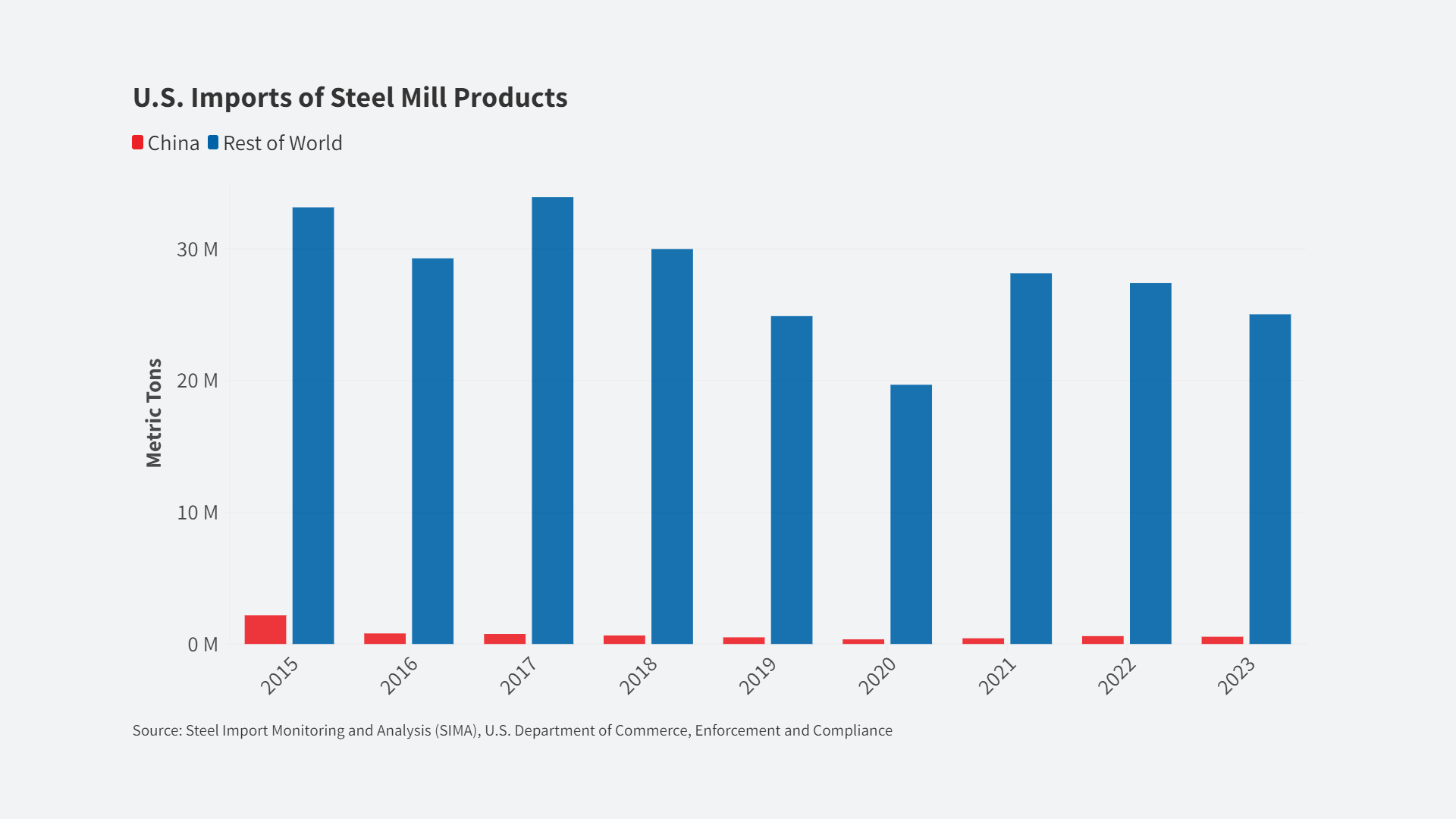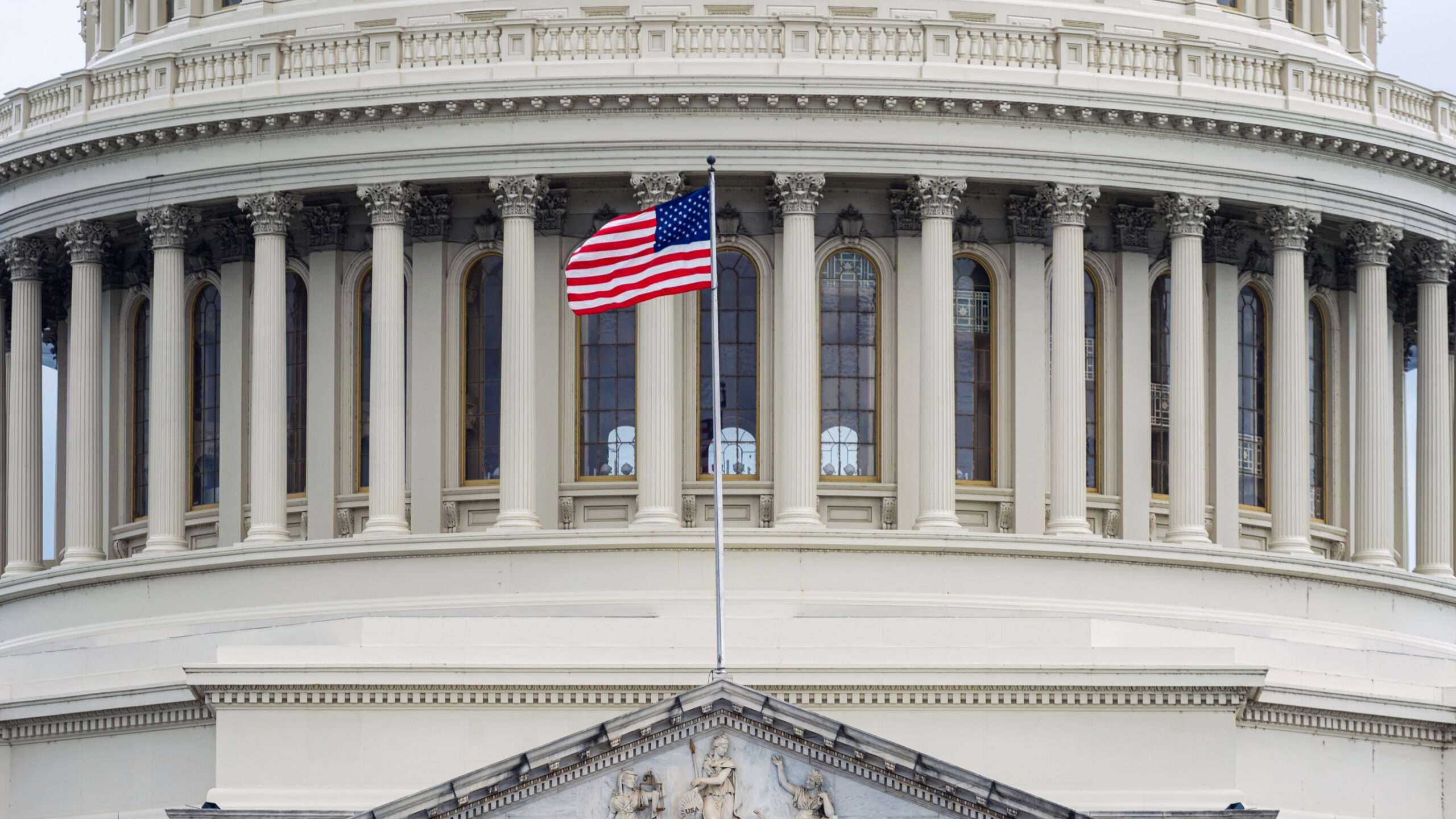
Currency manipulation distorts trade flows by artificially lowering the cost of U.S. imports and raising the cost of U.S. exports, and is the leading cause of stubbornly high U.S. trade deficits over the past 15 years. More than 20 countries, led by China, have, together, been spending about $1 trillion per year buying foreign assets to artificially suppress the value of their currencies. Several members of the proposed Trans-Pacific Partnership (TPP)—including Japan, Malaysia, and Singapore—are well-known currency manipulators, and other currency manipulators—including South Korea, Taiwan, and China—have expressed interest in joining the agreement.
[Robert E. Scott| January, 13 2016 | EPI.Org]
Despite widespread calls from a majority of members of both houses of Congress, and many economists, the TPP includes no enforceable disciplines on currency manipulation. Key conclusions of this analysis are:
- Currency manipulation could nullify the benefits of the TPP.
- Purchases and holdings of foreign-exchange reserves (broadly defined) would have a direct impact on exchange rates and trade flows in the TPP.
- China, as the world’s largest currency manipulator, could affect trade in the TPP in at least two ways. First, as a result of relatively weak rules of origin, the U.S. and other countries would be vulnerable to increased imports from China through the TPP. Second, currency manipulation by China could influence other TPP members to adjust or manipulate the value of their currencies, in order to remain competitive with China, and thereby nullify some or all of the benefits of the TPP to the United States.
- Japan is also an important currency manipulator, and this manipulation is the leading cause of the U.S. trade deficit with Japan, which displaced 896,600 U.S. jobs in 2013.
- Models that have assumed full employment to evaluate the effects of the TPP and past free-trade agreements should not be used to evaluate the potential demand-shifting effects of currency manipulation on the members of the TPP.
- Even if the TPP were a true free-trade agreement it would likely be hard on noncollege-educated American workers, who make up more than two-thirds of the U.S. labor force. Growing trade with low-wage countries is one of the leading causes of the increase in U.S. income inequality. The TPP is likely to reinforce these trends.
- The TPP isn’t principally about free trade—it’s about providing increased protection for intellectual property rights for pharmaceutical makers, software vendors, and others, and stronger property rights for foreign investors, which encourages outsourcing, job losses, and a further decline in labor’s share of national income.
- Finally, the TPP would likely result in growing trade deficits, trade-related job losses, and downward pressure on the wages of the majority of U.S. workers.
On January 4, 2016, EPI Senior Economist and Director of Trade and Manufacturing Policy Research Rob Scott participated in “The Saga of Trans-Pacific Partnership Negotiations,” a panel hosted by the International Trade & Finance Association during the Allied Social Science Associations meeting in San Francisco. The presentation that he delivered was based on this report and is available on EPI’s website. This report also served as the basis of, and is nearly identical to, testimony submitted to the U.S. International Trade Commission for a public hearing beginning January 13, 2016, on investigation No. TPA-105-001, “Trans-Pacific Partnership Agreement: Likely Impact on the U.S. Economy and on Specific Industry Sectors.”
Currency manipulation could nullify the benefits of the TPP
For most of the post–World War II era, most economists assumed that that the economy was usually at full employment, and in the event of recessions, the Federal Reserve (Fed) would adjust short-term interest rates to quickly return to full employment. But this assumption is no longer valid in the wake of the Great Recession. The U.S. economy has now been stuck well below potential for more than eight years, despite extraordinary efforts of the Fed to spur recovery.
Worst yet, there is widespread evidence that the demand shortfall that has delayed a full recovery from the Great Recession could last for years to come (Krugman 2013; Summers 2014). Economic history shows that such prolonged downturns are quite possible in advanced economies: Japan has been stuck below potential output for decades, and Western Europe is experiencing a double-dip recession because it failed to boost aggregate demand. In the United States, fiscal policy has been notably contractionary since 2011, and the Fed has just raised short-term interest rates for the first time in more than a decade. The Fed’s mistaken rate increase in the face of chronic demand shortfalls means that we are now going in the wrong direction on both fiscal and monetary policy. Thus, a prolonged period of policy-induced, chronic demand shortfall or “secular stagnation” now seems likely in the U.S. and much of the developed world. For these reasons, more sensible exchange-rate policies are needed now more than ever.
Given that the economy is not at full employment and that there is no automatic mechanism that can return it there quickly due to our fiscal and monetary choices, trade flows can have a powerful influence on aggregate demand. The United States has run chronic trade deficits for well over a decade. Since 2002, these deficits have been overwhelmingly driven by the conscious policy choices made by several of our major trading partners to manage the value of their currency for competitive advantage in U.S. and global markets. (Gagnon 2013; Bayoumi, Gagnon, and Saborowski 2014; Bergsten and Gagnon 2012; Krugman 2009; Scott 2014). They buy dollar-denominated assets to boost the value of the dollar and depress the value of their own currencies. This results in cheaper imports for the United States and makes U.S. exports more expensive in global markets. Ending this currency management (or currency manipulation) by our trading partners is hence a crucially important goal for macroeconomic stabilization in coming years.
Given this, a trade agreement that includes several countries that are obvious currency managers would seem like a good place to start addressing the problem. In June, 2013, 230 members of the U.S. House of Representatives signed a letter to President Obama that urged the inclusion in the TPP agreement of “currency disciplines” that would “bolster our ongoing efforts to respond to these trade-distorting policies” (Congress of the United States 2013). In September 2013, 60 Senators signed a similar letter (United States Senate 2013) calling for “strong and enforceable foreign currency manipulation disciplines” in the “TPP and all future trade agreements.” Despite these clearly expressed desires on the part of majorities in both houses of Congress, enforceable currency disciplines where not included in the core of the proposed TPP agreement. While exchange-rate policies are mentioned in the preamble of the TPP, it does not include any enforceable disciplines. Finance officials from the 12 countries did agree to a side pact that included promises to avoid “unfair currency practices and refrain from competitive devaluation,” and to provide a range of data on foreign-exchange holdings, but that agreement will not be subject to the TPP’s enforcement mechanisms.
Bergsten and Gagnon (2012) estimated that currency manipulation by more than 20 countries had increased global trade (current account) surpluses of intervening countries by between $400 billion and $800 billion per year. They also estimated that the “largest loser is the United States, whose trade and current account deficits have been $200 to $500 billion per year larger as a result” (Bergsten and Gagnon 2012, 2). Bergsten and Gagnon’s (2012) list of currency manipulators incudes several important members of the TPP (Japan, Malaysia, and Singapore), and several countries that have expressed interest in joining the agreement at some point (China, South Korea, and Taiwan). Eliminating this currency manipulation could create between 1.0 million and 5.8 million U.S. jobs (Bergsten and Gagnon 2012; Scott 2014). While some have argued that China and other countries are not presently manipulating their currencies, nothing in the agreement will prevent these countries from engaging in massive interventions again in the future, thereby nullifying any potential benefits of tariff and nontariff trade barrier reductions and other provisions included in the TPP.1
Purchases and holdings of foreign-exchange reserves (broadly defined) will have a direct impact on exchange rates and trade flows in the TPP
It is widely agreed that official purchases of foreign assets (denominated in foreign currencies) have a direct and primary influence on the level of exchange rates and on trade balances. As Joe Gagnon (2013, Figure 1) has shown there is a direct, nearly 1:1, relationship between accumulation of such foreign-exchange reserves and the current account balances of currency manipulators. This 1:1 relationship has persisted for 15 years, as shown in Figure A, which updates Gagnon’s estimates through 2014. It is important to note that Gagnon’s definition of official purchases includes acquisitions by sovereign wealth funds (SWFs), which are public and private agencies that invest public resources in private stock, companies, natural resources, and other assets (substantially or wholly invested in foreign assets). Bayoumi, Gagnon, and Saborowski (2014) show that both stocks and flows of foreign-exchange reserves matter, but stocks seem to matter more for wealthy countries. This is particularly important in the case of Japan (discussed below).
China is the world’s largest currency manipulator
China is by far the largest holder of foreign-exchange reserves. This is obscured because China has been playing a shell game with its foreign-asset holdings, reducing the official reserves held by China’s central bank, the People’s Bank of China, over the past 18 months or so, while significantly increasing the value of its SWF portfolio, which reached $1.6 trillion in early 2015. But China has also taken steps to liberalize its capital accounts and begin to float its currency, the renminbi (RMB). Given the massive surplus of private savings bottled up in China, and its underdeveloped capital markets, huge amounts of domestic private capital are flooding out of the country. China can now stand aside and simply allow private capital to do what the state has been doing for years, buying up foreign assets and driving down the RMB. As explained by Professor Mitsuhiro Fukao (2003), the same thing happened in Japan during the 1980–85 period when Japan moved from a fixed to a flexible exchange rate and simultaneously liberalized its capital accounts. The result was a massive, secular depreciation of the yen that resulted in the mid-1980s U.S. trade crisis and led to the Plaza Accord (Scott 2015b). Wang Yongzhong of the Chinese Academy of Social Sciences has also written about these events (2009, section 3.5 pp. 28–33).
China’s massive and growing global trade surplus in manufactured goods exceeded $1 trillion in 2014 (Figure B). China’s reported surpluses on its broader goods and services trade and current account balances are still large but smaller, and do not show the recent trend growth seen in its trade in manufactured goods. Nonetheless, recent IMF forecasts project significant growth in China’s global current account surplus through 2020, as shown in Figure C. China’s massive and rapidly growing trade surplus in manufactured goods, in particular, spells huge trouble for the recovery of U.S. manufacturing, due to growing U.S. trade deficits in these labor-intensive products.
Read more at EPI.Org













